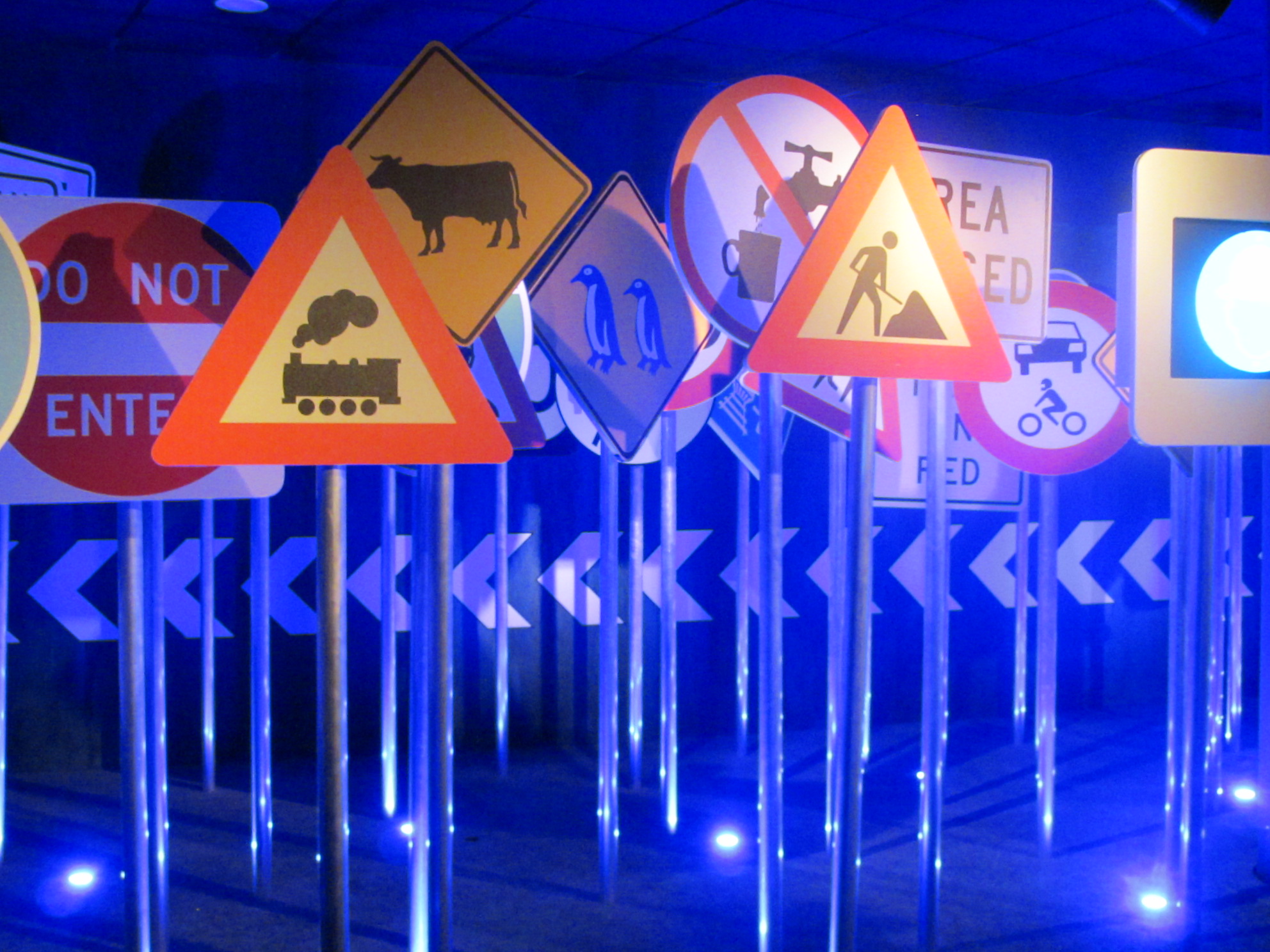 Traffic-related death rates in the U.S. have been dropping for several years, which is an indication that overall road safety in the country has been improved. But, now a new study has been published, that suggests U.S. roadways have only become safer for a certain group of people, rather than the entire population.
Traffic-related death rates in the U.S. have been dropping for several years, which is an indication that overall road safety in the country has been improved. But, now a new study has been published, that suggests U.S. roadways have only become safer for a certain group of people, rather than the entire population.
Poor and Less Educated with Higher Rates
The National Center for Health Statistics has conducted a study to analyze trends in motor vehicle fatalities in the U.S. between 1995 and 2010, and found that traffic fatality rates have only declined for the well-educated, high-income individuals, whereas the number of traffic accident deaths among poor and undereducated people has increased substantially.
According to the research, named Trends in Socioeconomic Inequalities in Motor Vehicle Accident Deaths in the United States, 1995-2010, poor and less educated people are significantly more likely to die in a motor vehicle crash than wealthy people with a high level of education. Researchers have found a deep inequality of who dies in car accidents, based on people’s socioeconomic status.
The study finds that the death rates for individuals without a high school diploma were 2.5 times higher than for those with a college education in 1995. This inequality had been increasing over the following decade and a half, with death rates for the less privileged being 4.3 times higher in 2010.
Inability to Afford Safer Vehicles
While it’s virtually impossible to determine the exact reasons behind this huge discrepancy, researchers note several factors that are likely to increase the risk of dying in a car accident for low-income people. One of the leading factors is that wealthier individuals usually drive more expensive vehicles that are equipped with the latest safety technologies, which poor drivers can not afford, so they tend to own old cars that are not as safe and don’t provide great protection for their occupants.
Also, low-income people are less likely to have access to high-quality medical care in the event of an accident, which leads to increased traffic fatality rates.
“Other potential reasons that have received some support in literature are things like owning older cars or cars with fewer safety features, riskier driving habits, less access to high quality trauma centers in the advent of a crash, and generally, less emphasis on preventive behaviors,” noted Dr. Sam Harper, one of the authors of the study.
Although researchers don’t claim that the higher level of education an individual has, the better and safer driver he/she is, they note that this study has shown that undereducated people are clearly at a higher risk of getting killed in motor vehicle crashes.
They conclude that the United States still have a lot of work to do to help the lowest-income and least-educated people feel the benefits of the improved road conditions across the country and the advances in vehicle safety technologies that have been made in recent years.